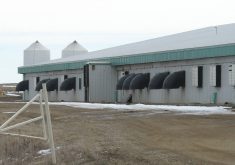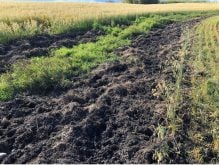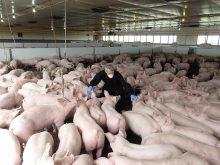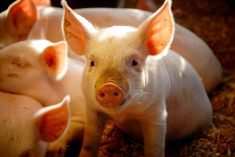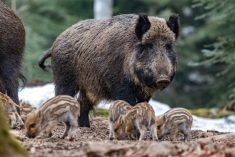Glacier FarmMedia – Another piece has fallen into place in Canada’s two-track approach to African swine fever preparation.
The Canadian Food Inspection Agency’s release of standards and the framework for “compartments” within hog production regions allows farmers and industry to get ahead of any future ASF outbreak.
“It’s one of the tools we have to prepare for ASF,” Manitoba Pork Council general manager Cam Dahl said about the recently released compartmentalization rules.
Read Also
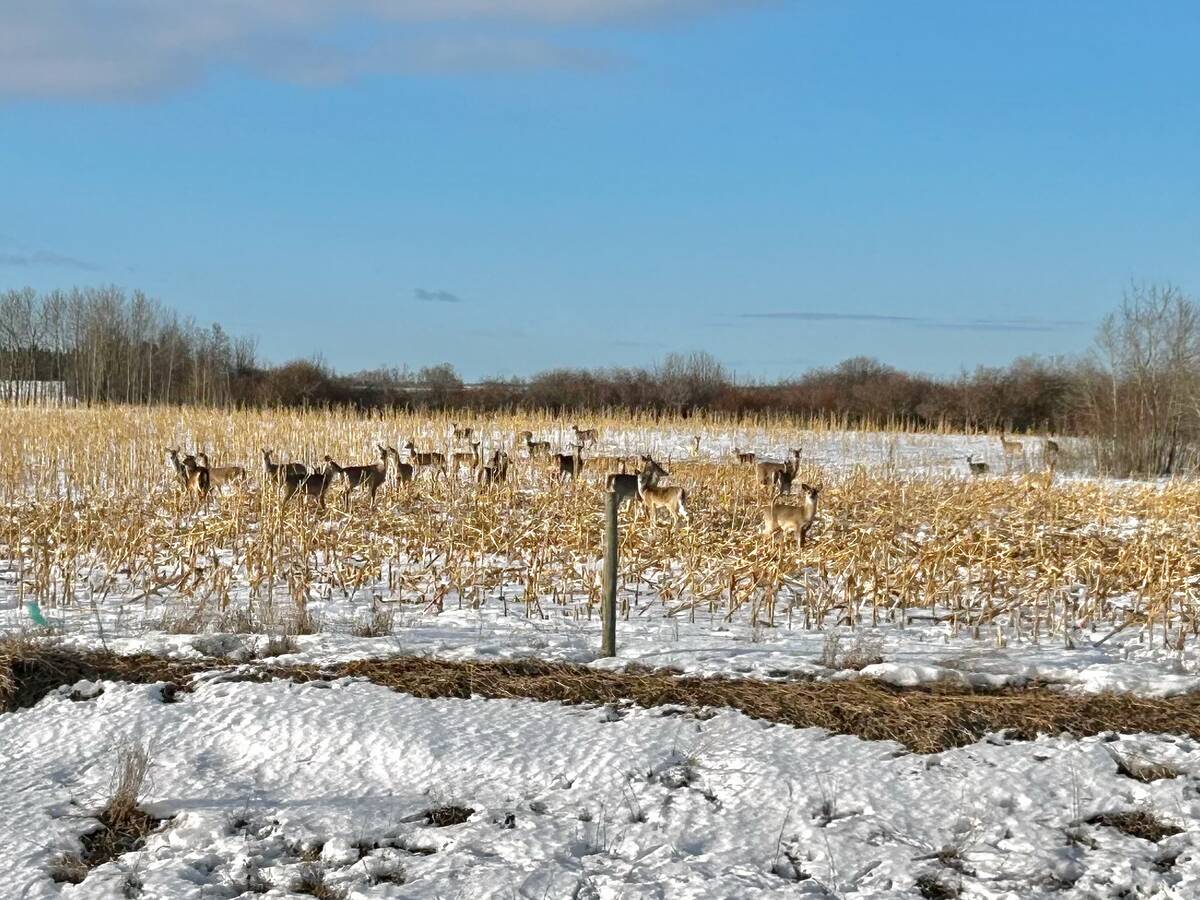
Five new CWD cases confirmed in Manitoba
Chronic wasting disease (CWD) has been found in five more Manitoba deer, including in two new municipalities without previous cases of the disease.
“It’s not the only tool that’s in the tool belt, but it’s something that’s really important that allows companies and farmers to come together.”
Compartmentalization is different than zoning, which is the other ASF response track. Zoning divides regions of countries and continents into areas that can be segregated from others, potentially allowing zones that don’t have an ASF outbreak to retain access to domestic and foreign markets.
For instance, Western Canada could be declared a zone in a future ASF outbreak.
Compartmentalization happens within zones, within farm-to-processor value chains that all follow the same biosecurity and traceability rules and can document their compliance.
Now that the CFIA has released the standards and framework, processors and others can establish compartments that might allow their production network to avoid the worst market access losses if they operate in an ASF-affected zone.
Zoning agreements already exist with the United States, the European Union, Singapore and Vietnam. Dahl said Canadian hog producers are keen to see the federal government also conclude one with Japan, a key premium export market, before any ASF outbreaks occur in North America.
When the CFIA began working on the compartmentalization strategy, numerous producers and pork industry players were worried it showed the agency was trying to back out of ASF management and undermine the zoning approach.
The agency has reassured the industry that zoning is unaffected by the compartments initiative and that none of CFIA’s responsibilities change because of compartmentalization’s approval.
The compartments program will be overseen by the Canadian Pork Council, but the compartments themselves will be created by companies within the pork industry, including processors. The initiative is voluntary, so nobody will be forced into a compartment in which they don’t want to participate.
The reality of zoning will only become clear after an ASF outbreak occurs. Compartments, however, must be established and approved before an outbreak occurs.
For this reason, Dahl thinks farmers and the industry won’t wait long to act on the CFIA’s standards and framework because they want to be ready if the worst happens.




